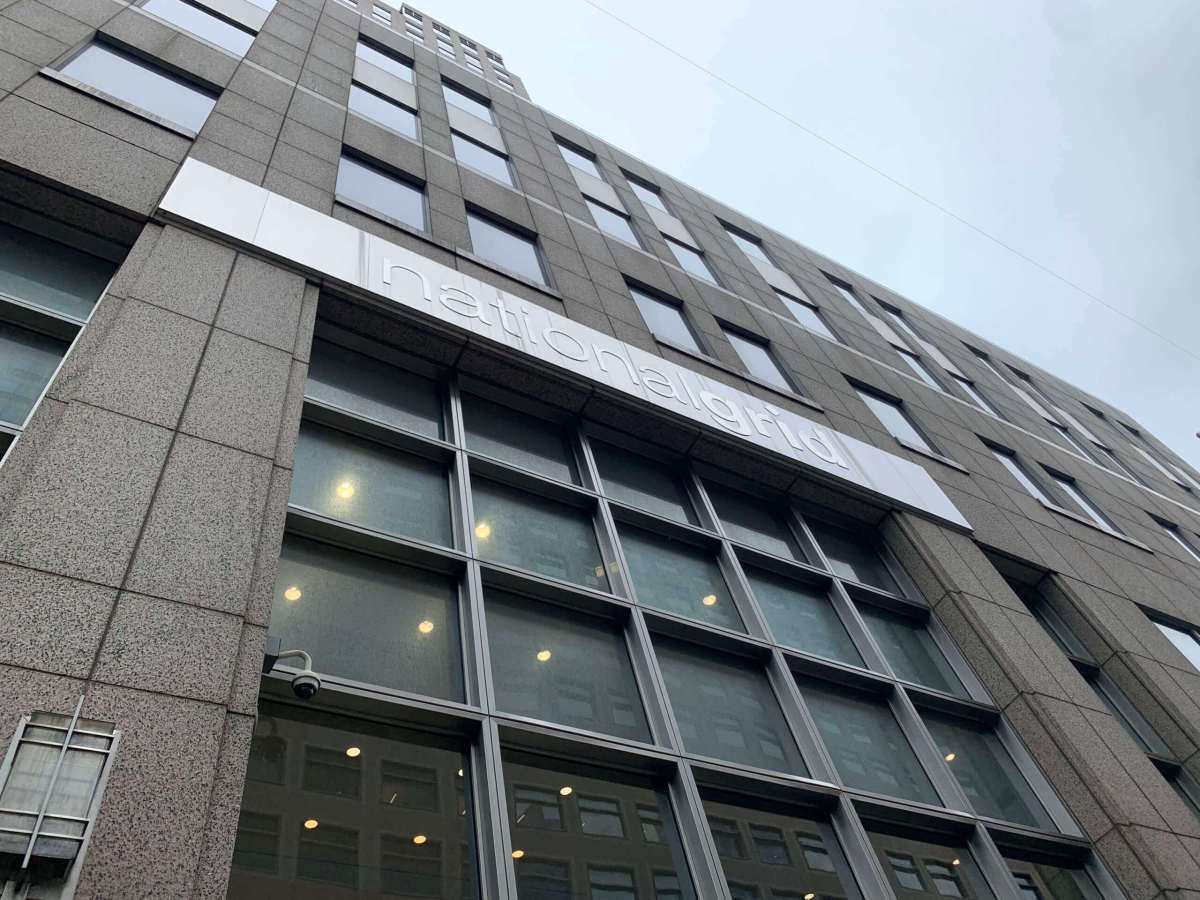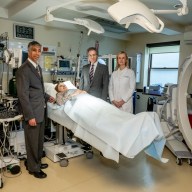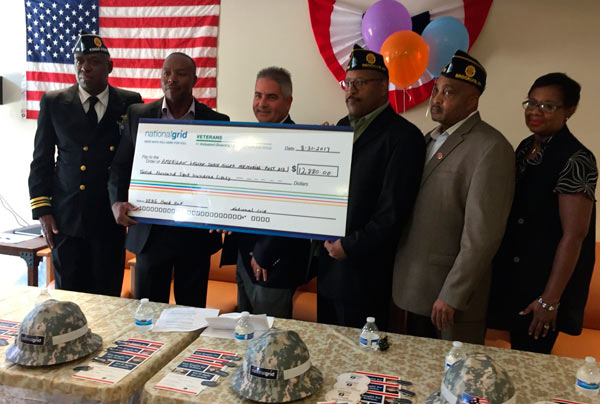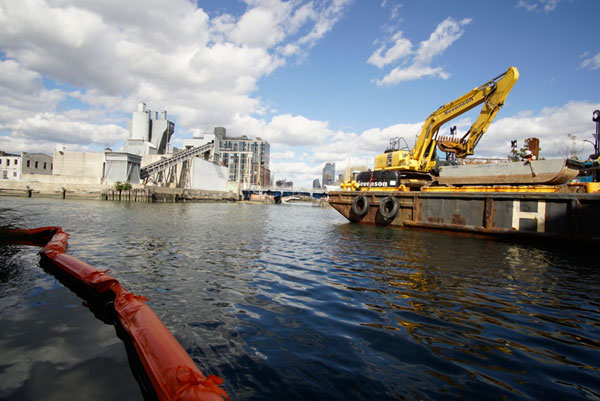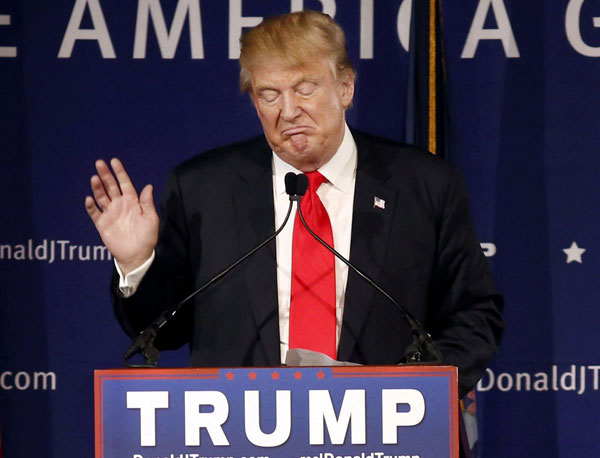Last week my colleagues and I participated in a series of public hearings concerning proposed enhancement to our Greenpoint Energy Center. The project involves the installation of two new vaporizer units that would allow us to extract liquified natural gas (LNG) from existing tanks within our facility more efficiently on the coldest days of the year, during peak hours when gas is most needed by customers. This is proven technology that we have operated safely for decades. The public meetings are part of yet another independent review of our plans for addressing forecasted gas supply gaps in the region. Our long-term supply plans have previously undergone review by regulators and independent consultants, each finding that the supply gap is very real and that our approach is reasonable and necessary to avoid future restrictions on essential energy services. Over the four sessions, we heard from members of the community and advocates who expressed strong support for renewable alternatives and understandable concern for their rising energy bills. We also heard a lot of misinformation about National Grid and our motives for pursuing this project.
Two years ago, we committed to finding solutions, through a transparent process that considered public input, to enable us to continue serving new and existing customers. And we did just that – developing a portfolio of solutions that couples unprecedented programs to reduce demand (like energy efficiency, demand response, and weatherization) with targeted infrastructure that enhances reliability (like the new vaporizers). The vaporizer project involves no new gas supply, will only operate on handful of days when needed to serve customers, cost-effectively leverages existing assets, provides unique/on-system reliability benefits, will be constructed entirely within the Energy Center’s footprint, and will result in lower direct emissions at the Greenpoint facility. There is ample opportunity for us to invest in other projects that would be far less challenging to permit and construct, but, as the stewards of the only energy system that provideslife-sustaining heat to two million New Yorkers, we are pursuing this project because it is needed to deliver our core mission.
While we see the new vaporizers as vital infrastructure, we would love the opportunity to spend the time talking to the community about our Northeast Clean Energy Vision, a plan that includes: developing clean and carbon-free sources of electricity as a partner in the largest offshore wind lease in the New York Bight; modernizing and expanding transmission networks to deliver clean and carbon-free energy to customers and communities throughout the state; partnering with the NYC Department of Environmental Protection to deliver renewable natural gas from the largest wastewater treatment plant in New York City; and building one of the largest hydrogen blending projects in the country with the Town of Hempstead on Long Island – all to enable a sustainable future. But the public meetings were about the tools needed today to meet the energy needs of nearly two million gas customers – at a time when energy affordability and reliability has never been more important.
It took more than 100 years to connect millions of customers to the gas network, and that network will continue serving customers for the foreseeable future – even as we transition to lower carbon fuels. It would be irresponsible to literally leave these customers in the cold – and nothing would do more to derail New York’s pathway to a clean energy future than cavalierly neglecting the needs of our current networks at the risk of compromising safety and reliability. The vaporizer project will ensure our ability to meet customers’ near-term energy needs and allow us to focus resources and attention on delivering the clean energy solutions we all want to see. But the project is also a symbol of what’s wrong with the current rhetoric around infrastructure improvements – we all want to transition to cleaner solutions, but sensible energy policy demands investment in today’s systems until we do.
Phil Dicecco is General Counsel for National Grid New York


